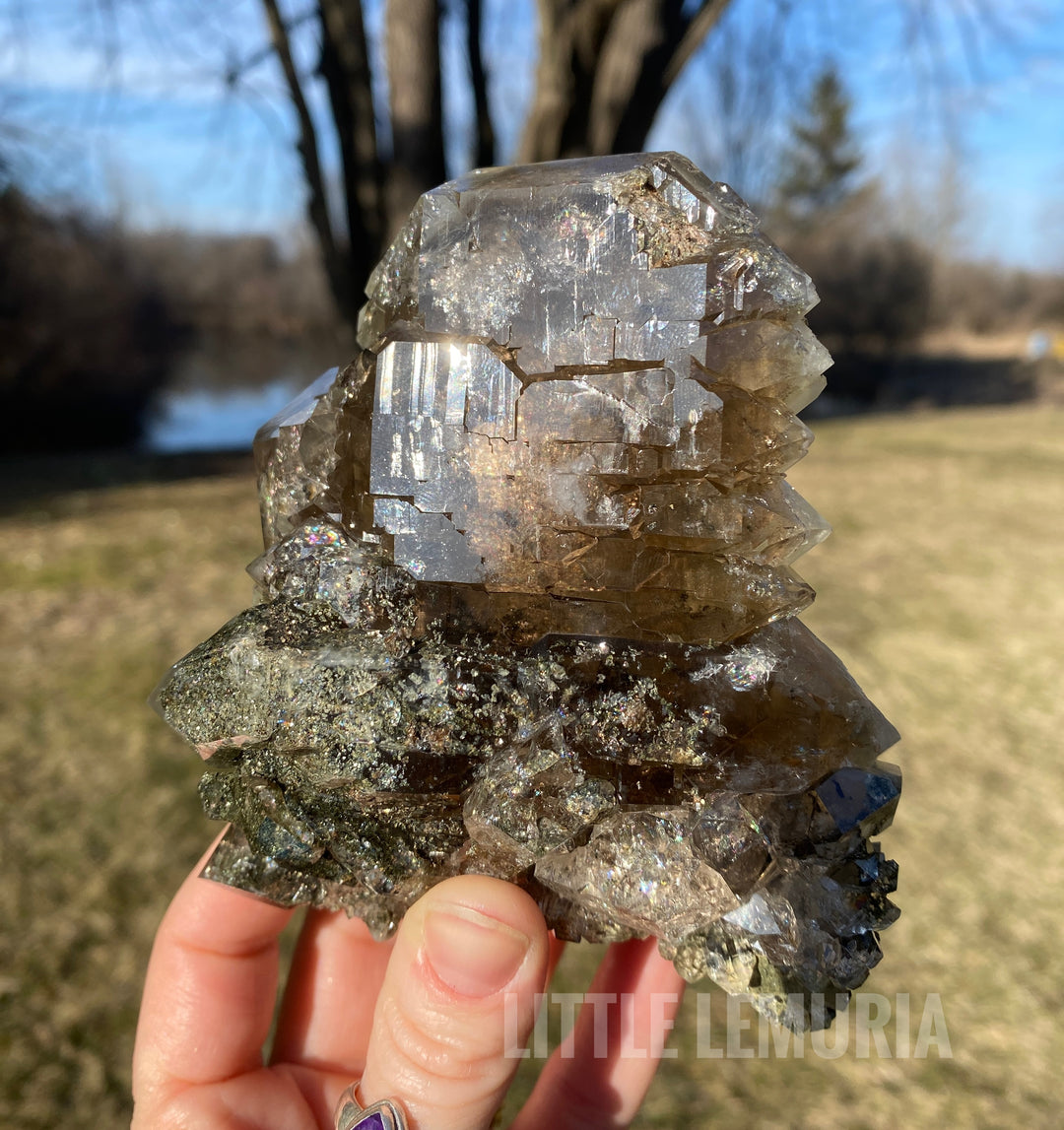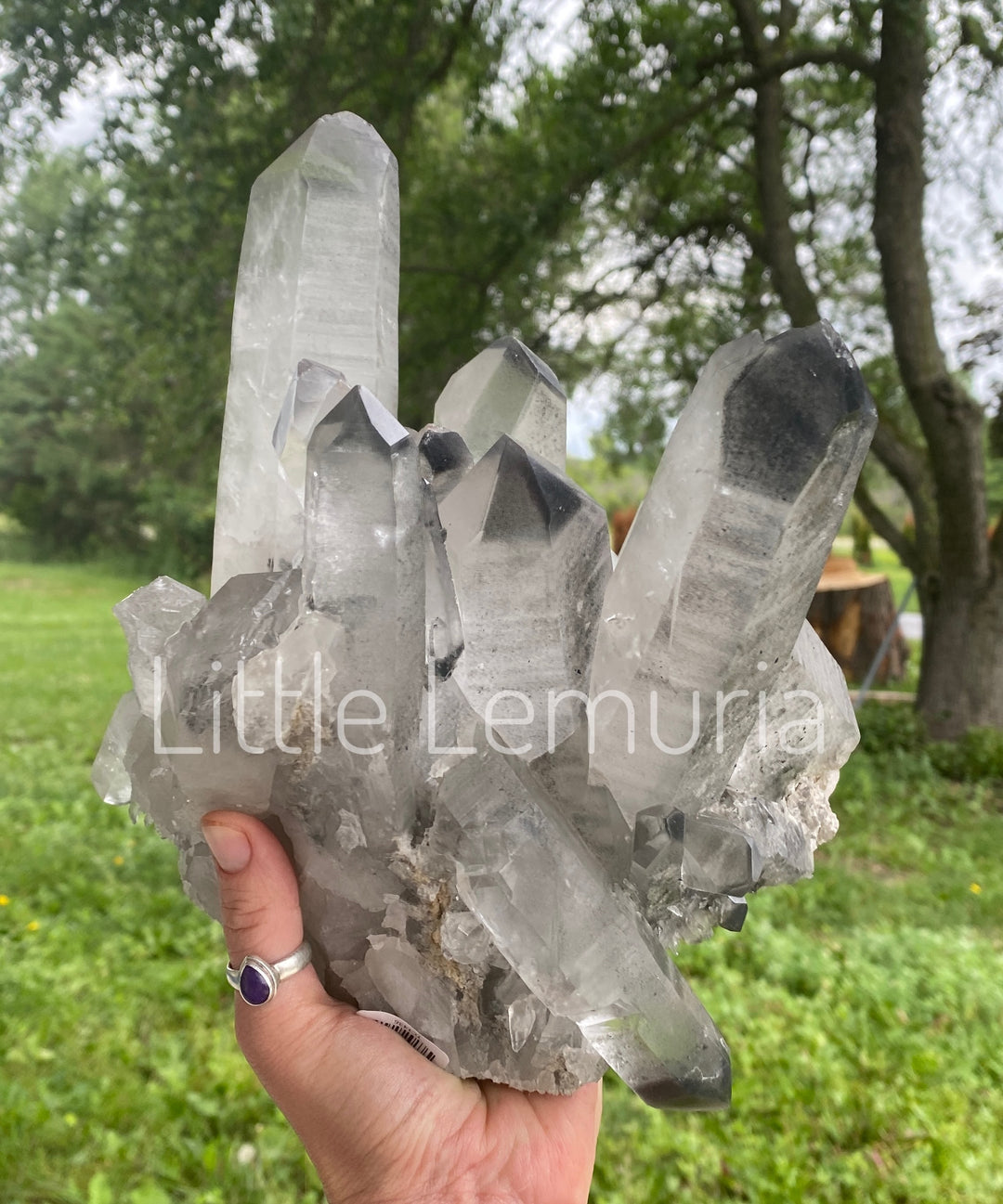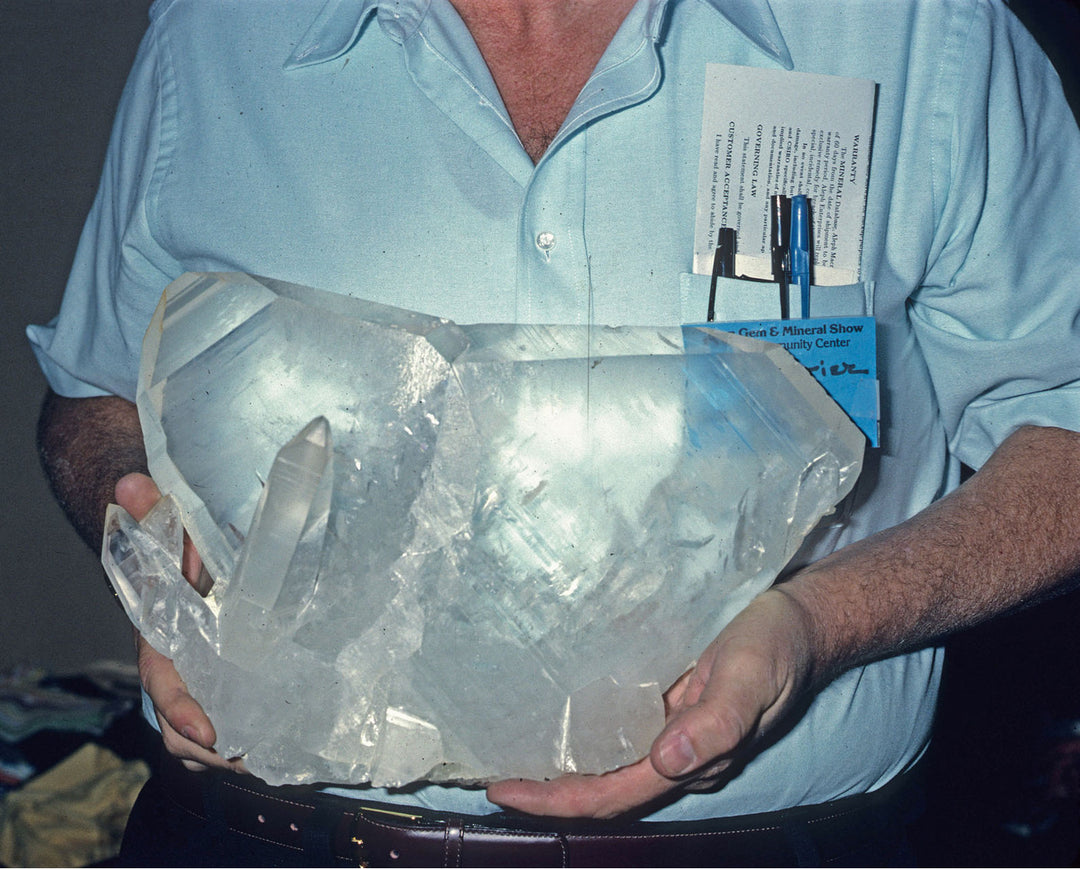Why is Himalayan Quartz so special anyway?
Welcome to the ethereal expanse of the Himalayan Mountain range. Sprawling over 6 countries, this epic mountain range is home to 10 of the 14 tallest peeks in the world. Pakistan alone boasts 108 mountains over 7000 meters high. Formed from the subduction of the Indian tectonic plate under the Eurasian plate, this range is still ever changing, and in the case of the K2 mountain (8,611 meters), still growing and reaching new heights. While the striking beauty of the Himalayas is unmistakable, it remains a challenging and extremely dangerous place to explore.

The translation of the very word Himalaya means “Abode of Snow”. Climates range from dry, freezing desert to subtropical and humid along this range at different locations and times of the year. Most consider there to be a fifth season in the Himalayas between summer and autumn, the monsoon season. During this time of the year rainfall can accumulate to more than 28 inches!

It is during this most hostile time that the higher altitude portion of the range is accessible to indigenous herdsman who drive their flocks upward to pasture. From here they push on to altitudes the vast majority of the planet will never experience in a lifetime. Here is where the permafrost meets the heavens. This is where the extremophile organisms dwell, critically endangered species roam, and the most exquisite crystals are unearthed.

15,000 glaciers call the Himalayan range home. The crystals that come from these high altitude and glacial areas can only be mined in a micro window of less than three months when the snow line recedes to 5,500 meters, the highest permanent snow line in the world. It is in this small window of time that men can gain access to glacial quartz and hydrothermal quartz that has been sealed within alpine-type fissures created tectonically.

There is no fancy mining equipment or electricity at these altitudes. When a potential host rock is identified, a group of only 4 or 5 men with hand tools will begin the painstaking process of opening a cavity large enough to squeeze inside. Fissures are small and locating them takes an expert eye. Inside the fissure, crystals unlike any on earth await.

One characteristic feature of high-altitude quartz is their marco-mosaic formations. This is made up of miniature cathedral structures and something called "sutures" which look similar to very tiny high luster striations covering the surface of the crystal. Generous self-healing, hydrothermal clarity, and extraordinary shapes caused by growth interference are just a few of the other key features of alpine typical growth. Even more limited than these are the glacial quartz specimens brought down from heights of over 6,000 meters. Indigenous miners only gain access to these unbelievable pieces for about 8 weeks of the year. The glacial ice and mud are melted in buckets to expose these enchanting blessings of the mountain. There are no words that can describe their beauty and clarity.

As the short mining season ends, the year’s findings are placed in baskets and packed down the mountain on yaks. There are no vehicles, no blasting, no array of power tools to bring these crystals to the surface. Only the dedication and experience of the indigenous Himalayan dwellers allow us to hold these gifts from the mountains.






